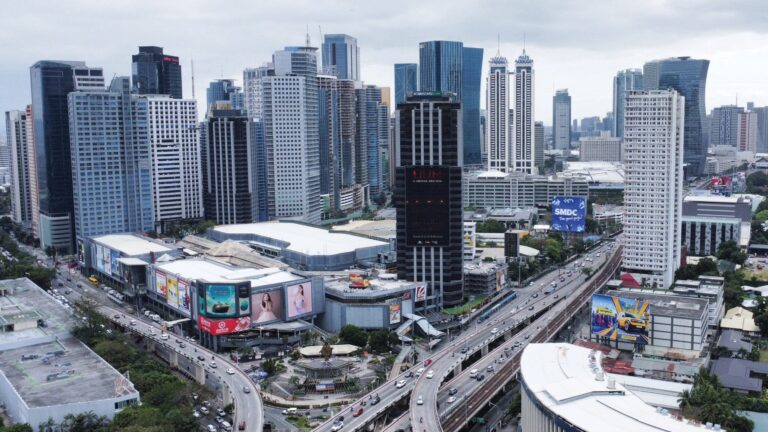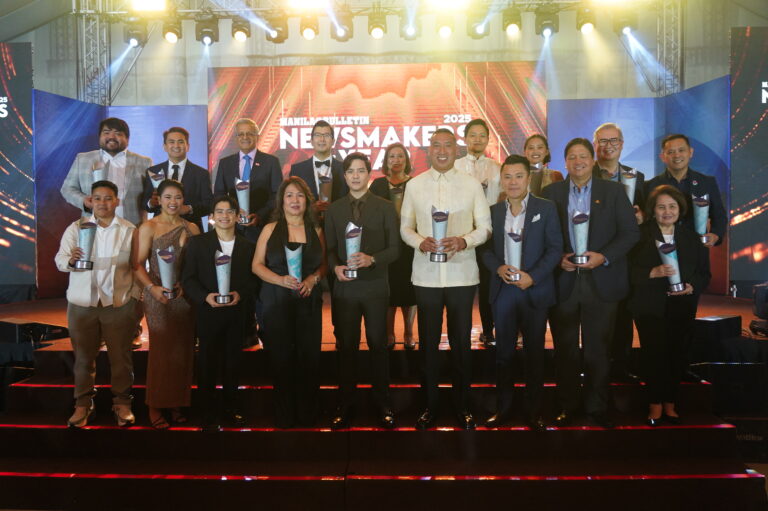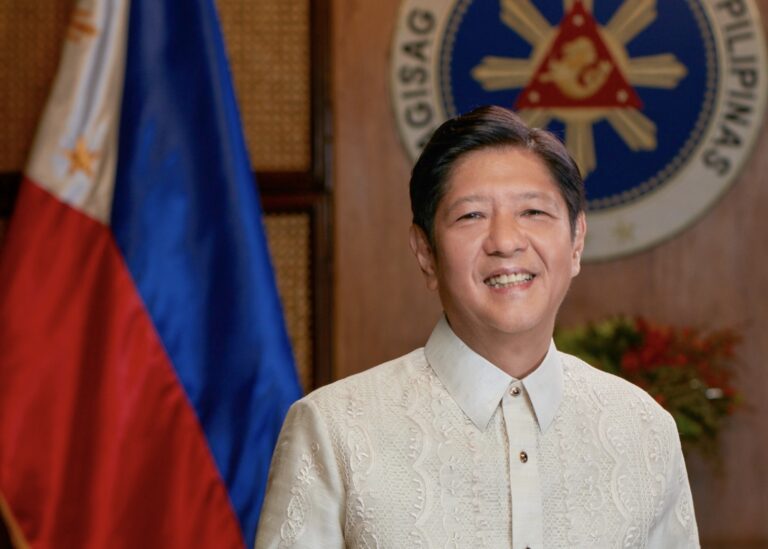The year 1900 was a milestone in the history of the Manila Bulletin, as in the history of the National Museum of the Philippines, according to its director-general Jeremy BarnsLife is indeed better here at the National Museum of the Philippines (NMP) now than it has ever been. In 1900, 125 years ago, the National …
The year 1900 was a milestone in the history of the Manila Bulletin, as in the history of the National Museum of the Philippines, according to its director-general Jeremy Barns
Life is indeed better here at the National Museum of the Philippines (NMP) now than it has ever been. In 1900, 125 years ago, the National Museum of the Philippines—then the Museo Biblioteca de Filipinas—was abolished at the onset of the American Occupation. The followingyear, however, the Insular Museum of Ethnology, Natural History, and Commerce was established to succeed it.
Since then, our institution has undergone significant development—in form and function—to become the respected educational, scientific, and cultural platform it is today. Currently, the NMP is the most accessible and engaged it has ever been, and the learnings of our growing team have been enriching and inspiring.
Throughout the years, there have been many developments in museological practices, allowing us to improve our means of preserving our tangible and intangible heritage, making it even more available to a greater number of people. Universal access has always been at the core of our mandate, and managing our collections following prevailing best practices has always been integral to the success of our mission.
Just last year, the NMP achieved record numbers in visitorship across the country, accommodating around 3.7 million visitors. We also opened two new museums in Tabon Cave Complex and Lipuun Point in Quezon, Palawan and in Davao City.
This 2025 we have expanded our operations by welcoming visitors on all seven days of the week, strengthening our frontline services to ensure that everyone’s experience is meaningful and enjoyable. Furthermore, the much-awaited opening of our newest component museums in Clark, Baler, Antique, Negros, and Lake Sebu, among many others, will help us achieve our goal of making heritage even more accessible to everyone everywhere.
For the National Museum of the Philippines, life is truly better now compared to 125 years ago—and it will continue to be better in the years to come.






